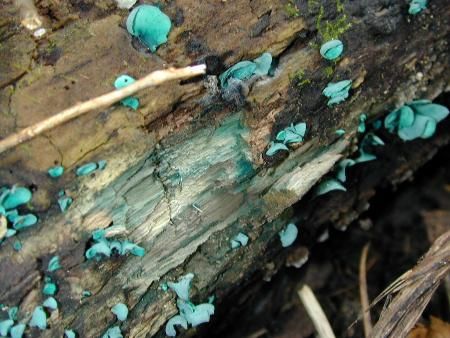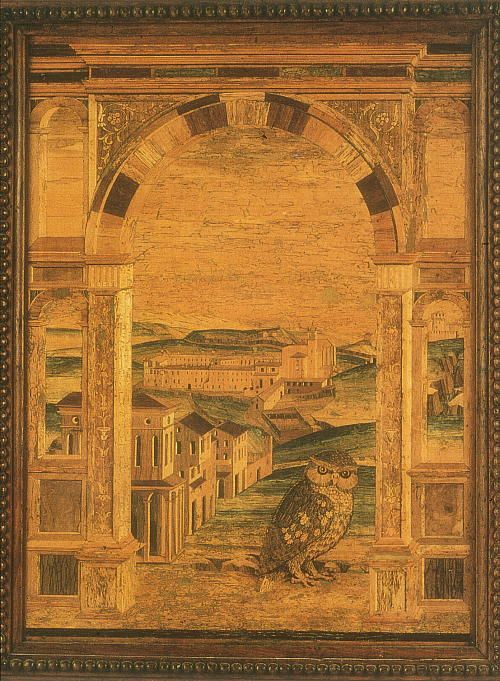Afternoon all,
Just over on the DIY section and I was admiring Fraxinus's work with the repurposed Brown Oak boards. The brown colouring is the result of a fungal infection. This reminded me...
I did a bit of research but can't get the right results back, I'm not after greenwood oak, nor oak stained green. I recently saw a video from MCQBushcraft where he shows a piece of oak that has a turquoisey / greenish tinged mould running through it. Looked quite fragile but he mentions setting in oil gives good results, apparently furniture can be made from it. It is beautiful and I'd like to have a go at carving some - it's a long shot, but does anyone know where to buy some? I could go looking but it's more something I'll keep eye out for in the woods rather than searching for it, it doesn't seem to be commonly found.
Any anecdotes or stories from anyone who's worked with some would be most welcome too
Thanks
Brady
Just over on the DIY section and I was admiring Fraxinus's work with the repurposed Brown Oak boards. The brown colouring is the result of a fungal infection. This reminded me...
I did a bit of research but can't get the right results back, I'm not after greenwood oak, nor oak stained green. I recently saw a video from MCQBushcraft where he shows a piece of oak that has a turquoisey / greenish tinged mould running through it. Looked quite fragile but he mentions setting in oil gives good results, apparently furniture can be made from it. It is beautiful and I'd like to have a go at carving some - it's a long shot, but does anyone know where to buy some? I could go looking but it's more something I'll keep eye out for in the woods rather than searching for it, it doesn't seem to be commonly found.
Any anecdotes or stories from anyone who's worked with some would be most welcome too
Thanks
Brady


